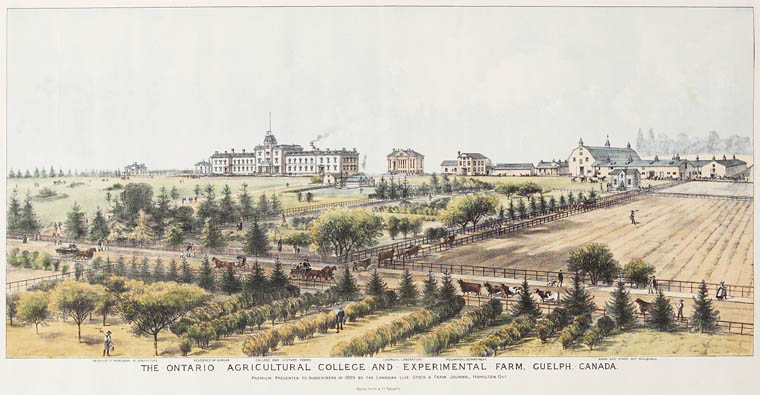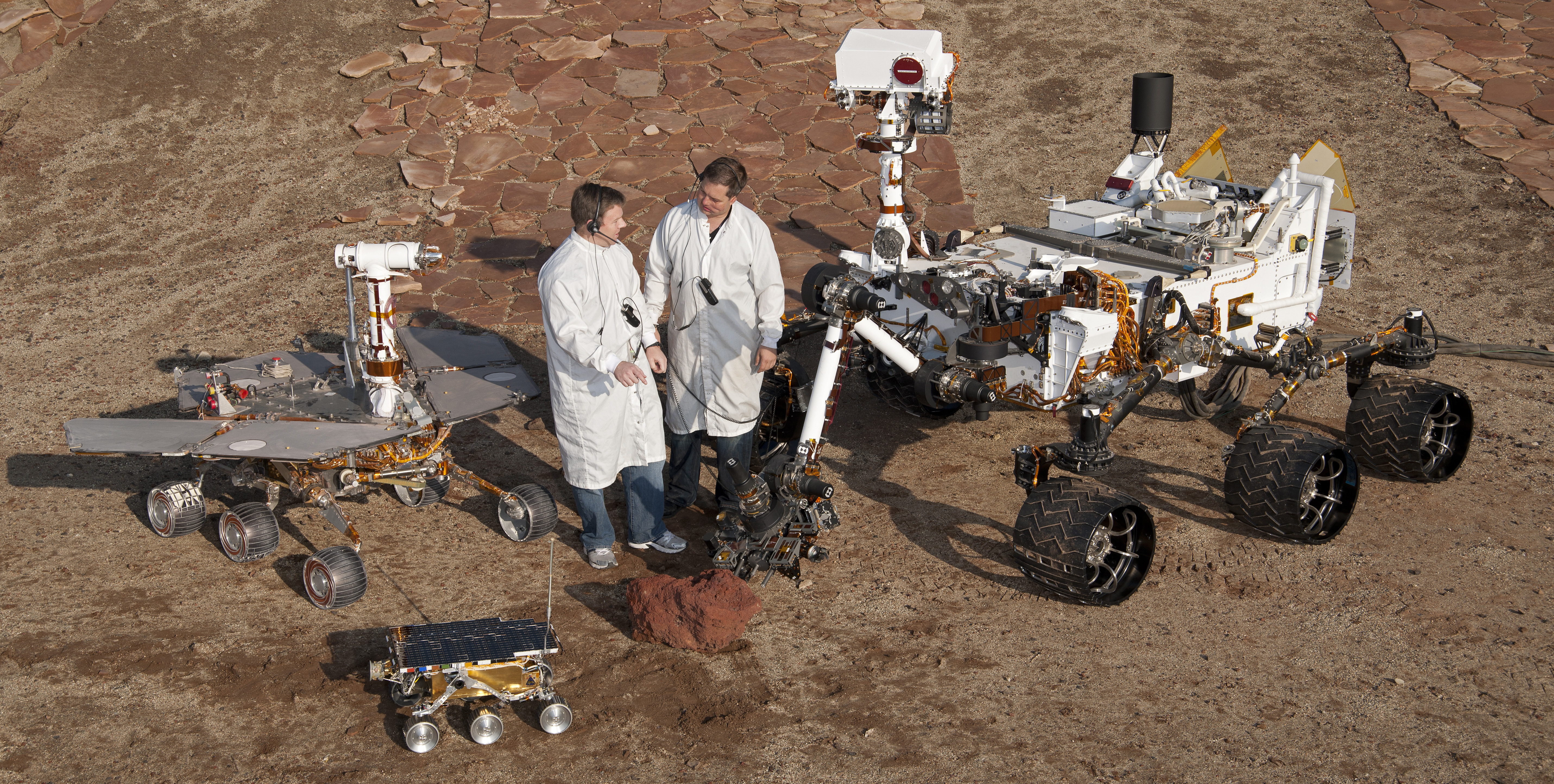|
The University Of Guelph
, mottoeng = "to learn the reasons of realities" , established = May 8, 1964 ()As constituents: OAC: (1874) Macdonald Institute: (1903) OVC: (1922) , type = Public university , chancellor = Mary Anne Chambers (not yet installed) , president = Charlotte A.B. Yates , city = Guelph, Ontario , country = Canada , students = 29,923 , undergrad = 23,926 , postgrad = 3,035 , faculty = 830 , administrative_staff = 3,100 , campus = Urban , athletics_affiliations = CIS, OUA , sports_nickname = Gryphons , colours = , , affiliations = AUCC, CARL, IAU, COU, CIS, CUSID, Fields Institute, OUA, Ontario Network of Women in engineering, CBIE , endowment = CA$418 million (2021) , website = , logo ... [...More Info...] [...Related Items...] OR: [Wikipedia] [Google] [Baidu] |
Coat Of Arms
A coat of arms is a heraldry, heraldic communication design, visual design on an escutcheon (heraldry), escutcheon (i.e., shield), surcoat, or tabard (the latter two being outer garments). The coat of arms on an escutcheon forms the central element of the full achievement (heraldry), heraldic achievement, which in its whole consists of a shield, supporters, a crest (heraldry), crest, and a motto. A coat of arms is traditionally unique to an individual person, family, state, organization, school or corporation. The term itself of 'coat of arms' describing in modern times just the heraldic design, originates from the description of the entire medieval chainmail 'surcoat' garment used in combat or preparation for the latter. Roll of arms, Rolls of arms are collections of many coats of arms, and since the early Modern Age centuries, they have been a source of information for public showing and tracing the membership of a nobility, noble family, and therefore its genealogy across tim ... [...More Info...] [...Related Items...] OR: [Wikipedia] [Google] [Baidu] |
Maclean's
''Maclean's'', founded in 1905, is a Canadian news magazine reporting on Canadian issues such as politics, pop culture, and current events. Its founder, publisher John Bayne Maclean, established the magazine to provide a uniquely Canadian perspective on current affairs and to "entertain but also inspire its readers". Rogers Media, the magazine's publisher since 1994 (after the company acquired Maclean-Hunter Publishing), announced in September 2016 that ''Maclean's'' would become a monthly beginning January 2017, while continuing to produce a weekly issue on the Texture app. In 2019, the magazine was bought by its current publisher, St. Joseph Communications."Toronto Life owner St. Joseph Communications to buy Rogers mag ... [...More Info...] [...Related Items...] OR: [Wikipedia] [Google] [Baidu] |
University Of British Columbia
The University of British Columbia (UBC) is a public university, public research university with campuses near Vancouver and in Kelowna, British Columbia. Established in 1908, it is British Columbia's oldest university. The university ranks among the top three universities in Canada. With an annual research budget of $759million, UBC funds over 8,000 projects a year. The Vancouver campus is situated adjacent to the University Endowment Lands located about west of downtown Vancouver. UBC is home to TRIUMF, Canada's national laboratory for Particle physics, particle and nuclear physics, which houses the world's largest cyclotron. In addition to the Peter Wall Institute for Advanced Studies and Stuart Blusson Quantum Matter Institute, UBC and the Max Planck Society collectively established the first Max Planck Institute in North America, specializing in quantum materials. One of the largest research libraries in Canada, the UBC Library system has over 9.9million volumes among it ... [...More Info...] [...Related Items...] OR: [Wikipedia] [Google] [Baidu] |
Macdonald Campus
The Macdonald Campus of McGill University (commonly referred to as the ‘Mac Campus’ or simply ’Mac’) houses McGill's Faculty of Agricultural and Environmental Sciences (FAES), which includes the Institute of Parasitology, the School of Human Nutrition and the McGill School of Environment. It is located in Sainte-Anne-de-Bellevue, Quebec, in the West Island region of the Island of Montreal. The property is also the home of John Abbott College. History Construction began in 1905, and the school opened its doors to students in 1907 as the Macdonald College of McGill University. Planned and funded completely by Sir William Macdonald, who also provided a $2 million operating endowment, it was designed by architects Alexander Cowper Hutchison and George W. Wood. James Wilson Robertson served as its first principal, and oversaw its construction and hired its first staff. Robertson eventually came into conflict with Mcdonald and following budgetary restrictions in 1909, resign ... [...More Info...] [...Related Items...] OR: [Wikipedia] [Google] [Baidu] |
William Christopher Macdonald
Sir William Christopher Macdonald (10 February 1831 – 9 June 1917) was a Canadian tobacco manufacturer and major education philanthropist in Canada. Though born in Prince Edward island, he is considered a Scots-Quebecer. Early life and career Born William Christopher McDonald in 1831 at Tracadie, in what was then the British Colony of Prince Edward Island, he was sixth of seven children of The Hon. Donald Macdonald (1795-1854) and Anna Matilda (1797-1877), daughter of The Hon. Ralph Brecken. In 1772, as a consequence of the Jacobite Rebellion, Macdonald's paternal grandfather, John MacDonald of Glenaladale, the 8th laird of Glenaladale (of the MacDonalds of Clan Ranald), purchased more than of land in Prince Edward Island for settlement by more than 200 members of his Roman Catholic clan. Known today as the Glenaladale Settlers, in Canada the family name had been recorded as McDonald, which he maintained until 1898, when he began using the historical Scottish spelling ... [...More Info...] [...Related Items...] OR: [Wikipedia] [Google] [Baidu] |
Home Economics
Home economics, also called domestic science or family and consumer sciences, is a subject concerning human development, personal and family finances, consumer issues, housing and interior design, nutrition and food preparation, as well as textiles and apparel. Much less common today, it was and is most commonly taught in high school. Home economics courses are offered around the world and across multiple educational levels. Historically, the purpose of these courses was to professionalize housework, to provide intellectual fulfillment for women, and to emphasize the value of "women's work" in society and to prepare them for the traditional roles of sexes. Family and consumer sciences are taught as an elective or required course in secondary education, as a continuing education course in institutions, and at the primary level. Beginning as home economics in the United States, the course was a key part of the education system for teaching one the art of taking care of a house ... [...More Info...] [...Related Items...] OR: [Wikipedia] [Google] [Baidu] |
The Ontario Agricultural College And Experimental Farm, Guelph, Canada, 1889
''The'' () is a grammatical article in English, denoting persons or things already mentioned, under discussion, implied or otherwise presumed familiar to listeners, readers, or speakers. It is the definite article in English. ''The'' is the most frequently used word in the English language; studies and analyses of texts have found it to account for seven percent of all printed English-language words. It is derived from gendered articles in Old English which combined in Middle English and now has a single form used with pronouns of any gender. The word can be used with both singular and plural nouns, and with a noun that starts with any letter. This is different from many other languages, which have different forms of the definite article for different genders or numbers. Pronunciation In most dialects, "the" is pronounced as (with the voiced dental fricative followed by a schwa) when followed by a consonant sound, and as (homophone of pronoun ''thee'') when followed by a v ... [...More Info...] [...Related Items...] OR: [Wikipedia] [Google] [Baidu] |
Ontario Government
The government of Ontario (french: Gouvernement de l'Ontario) is the body responsible for the administration of the Canadian province of Ontario. A constitutional monarchy, the Crown—represented in the province by the lieutenant governor—is the corporation sole, assuming distinct roles: the executive, as the ''Crown-in-Council''; the legislature, as the ''Crown-in-Parliament''; and the courts, as the ''Crown-on-the-Bench''. The functions of the government are exercised on behalf of three institutions—the Executive Council; the Provincial Parliament (Legislative Assembly); and the judiciary, respectively. Its powers and structure are partly set out in the ''Constitution Act, 1867''. The term ''Government of Ontario'' refers specifically to the executive—political ministers of the Crown (the Cabinet/Executive Council), appointed on the advice of the premier, and the non-partisan Ontario Public Service (whom the Executive Council directs), who staff ministries and agen ... [...More Info...] [...Related Items...] OR: [Wikipedia] [Google] [Baidu] |
Consortium For The Barcode Of Life
The Consortium for the Barcode of Life (CBOL) was an international initiative dedicated to supporting the development of DNA barcoding as a global standard for species identification. CBOL's Secretariat Office is hosted by the National Museum of Natural History, Smithsonian Institution, in Washington, DC. Barcoding was proposed in 2003 by Prof. Paul Hebert of the University of Guelph in Ontario as a way of distinguishing and identifying species with a short standardized gene sequence. Hebert proposed the 658 bases of the Folmer region of the mitochondrial gene cytochrome-C oxidase-1 as the standard barcode region. Hebert is the Director of the Biodiversity Institute of Ontario, the Canadian Centre for DNA Barcoding, and the International Barcode of Life Project (iBOL), all headquartered at the University of Guelph. The Barcode of Life Data Systems (BOLD) is also located at the University of Guelph. CBOL was created in May 2004 with support of the Alfred P. Sloan Foundation, f ... [...More Info...] [...Related Items...] OR: [Wikipedia] [Google] [Baidu] |
Curiosity (rover)
''Curiosity'' is a car-sized Mars rover designed to explore the Gale crater on Mars as part of NASA's Mars Science Laboratory (MSL) mission. ''Curiosity'' was launched from Cape Canaveral (CCAFS) on November 26, 2011, at 15:02:00 UTC and landed on Aeolis Palus inside Gale crater on Mars on August 6, 2012, 05:17:57 UTC. The Bradbury Landing site was less than from the center of the rover's touchdown target after a journey. Mission goals include an investigation of the Martian climate and geology, assessment of whether the selected field site inside Gale has ever offered environmental conditions favorable for microbial life (including investigation of the role of water), and planetary habitability studies in preparation for human exploration. In December 2012, ''Curiosity'' two-year mission was extended indefinitely, and on August 5, 2017, NASA celebrated the fifth anniversary of the ''Curiosity'' rover landing. On August 6, 2022, a detailed overview of accomplishme ... [...More Info...] [...Related Items...] OR: [Wikipedia] [Google] [Baidu] |
Alpha Particle X-ray Spectrometer
:''APXS is also an abbreviation for APache eXtenSion tool, an extension for Apache web servers.'' An alpha particle X-ray spectrometer (APXS) is a spectrometer that analyses the chemical element composition of a sample from scattered alpha particles and fluorescent X-rays after a sample is irradiated with alpha particles and X-rays from radioactive sources. This method of analysing the elemental composition of a sample is most often used on space missions, which require low weight, small size, and minimal power consumption. Other methods (e.g. mass spectrometry) are faster, and do not require the use of radioactive materials, but require larger equipment with greater power requirements. A variation is the alpha proton X-ray spectrometer, such as on the Pathfinder mission, which also detects protons. Over the years several modified versions of this type of instrument such as APS (without X-ray spectrometer) or APXS have been flown: Surveyor 5-7, Mars Pathfinder, Mars 96, Mars ... [...More Info...] [...Related Items...] OR: [Wikipedia] [Google] [Baidu] |
Water On Mars
Almost all water on Mars today exists as ice, though it also exists in small quantities as vapor in the atmosphere. What was thought to be low-volume liquid brines in shallow Martian soil, also called recurrent slope lineae, may be grains of flowing sand and dust slipping downhill to make dark streaks.Recurring Martian Streaks: Flowing Sand, Not Water? Nasa.org 2017-11-20 The only place where water ice is visible at the surface is at the north polar ice cap. Abundant water ice is also present beneath the permanent |


.gif)


.png)


